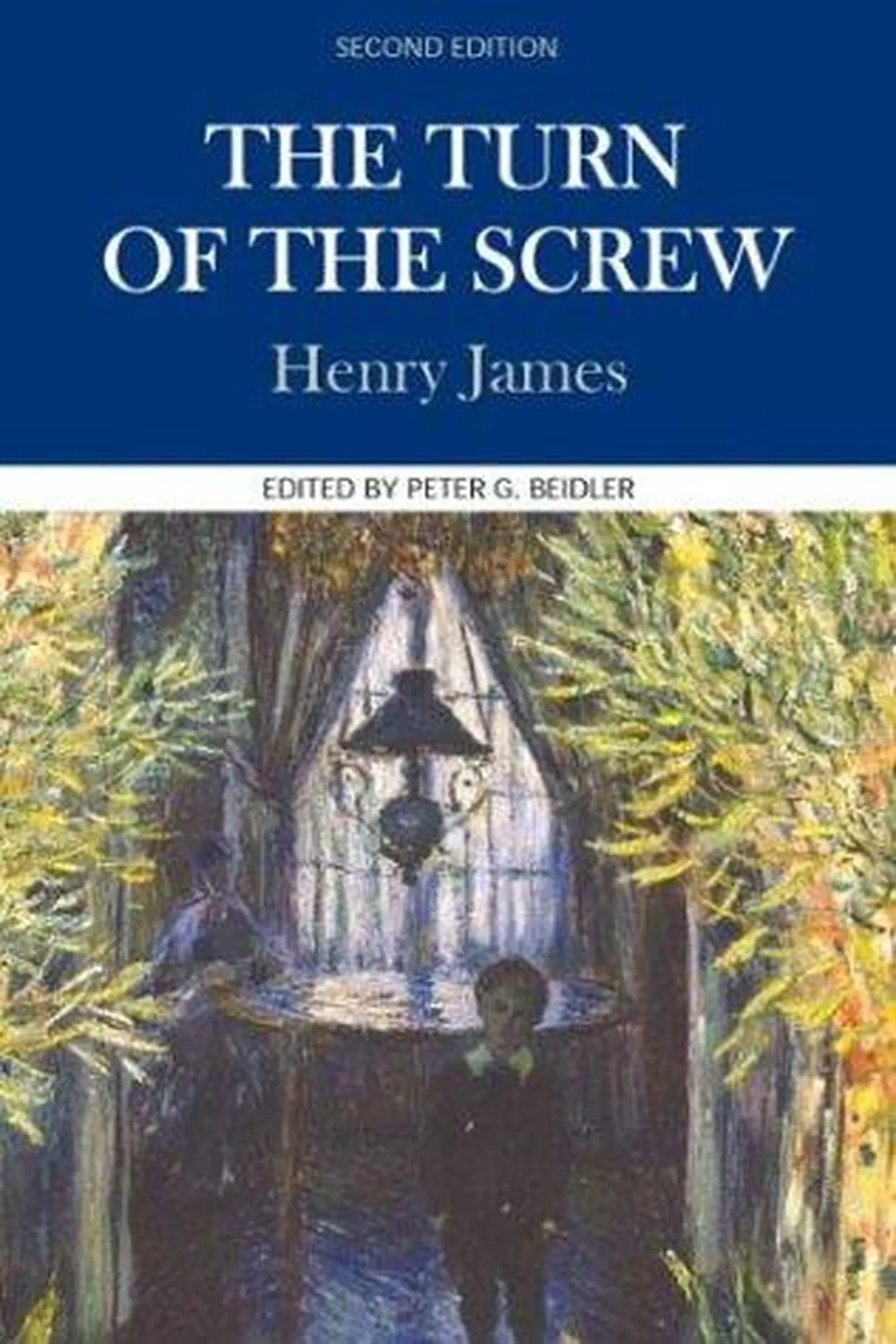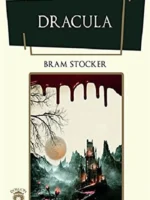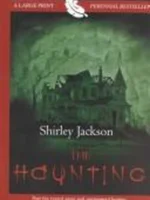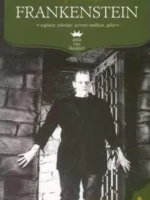The Turn of the Screw, Henry James, 1898
- Author: Henry James
- Genre: Horror/Gothic
- Publisher: Dover Publications
- Publication Year: 1898
- Pages: 96
- Format: Paperback
- Language: English
- ISBN: 978-0141441351
- Rating: 3,9 ★★★★☆
The Turn of the Screw Review
About
Published in 1898, Henry James’s The Turn of the Screw remains one of literature’s most studied and debated ghost stories. On its surface, it’s a Gothic tale of a governess, two children, and a country house with a secret. Beneath that, it’s a psychological puzzle—about repression, perception, and the blurred line between the supernatural and the imagined. James wrote it with deliberate ambiguity, and more than a century later, readers still argue over what is “really” happening. That tension is the novel’s genius: it asks not for belief, but for participation.
Overview
The novella is framed as a story told at a winter gathering, read from a manuscript written by a governess years earlier. A young woman is hired to care for two orphaned children, Miles and Flora, at Bly, a remote English estate. The employer, their uncle, insists she never contact him—she must manage everything alone. The children seem angelic, the estate serene. But slowly, shadows lengthen: she begins to see a man and a woman in places they shouldn’t be. Her housekeeper identifies them as Peter Quint and Miss Jessel, former servants now dead. The governess becomes convinced that these ghosts are trying to possess the children, and that only she can stop them.
Summary
(light spoilers) At first, the governess adores her post—Bly is beautiful, and the children appear innocent and affectionate. Then she spots a strange man on the tower, later at the window; both times he vanishes without a trace. When Mrs. Grose describes Quint, the governess recognizes the figure precisely. A similar vision of Miss Jessel at the lake confirms her conviction that evil is present. Miles’s behavior turns erratic—he speaks beyond his years, roams the grounds at night, and hints at secrets from his time at school. The governess reads every glance as evidence of possession. The final standoff, charged with hysteria and devotion, leaves Miles dead in her arms, and the text stops there—no closure, no judgment. Is she savior or destroyer? The manuscript doesn’t say, and James never tells.
Key Themes / Main Ideas
• Innocence and corruption — how adults project fear onto what they don’t understand.
• Perception and madness — seeing as both revelation and self-deception.
• Isolation — authority without support breeding obsession.
• The Victorian moral gaze — purity, sexuality, and control wrapped in manners.
• Ambiguity — horror built from uncertainty, not revelation.
Strengths and Weaknesses
• Strengths — Exquisite control of tone; sentences that loop, hesitate, and implicate the reader; atmosphere thick with unease.
• Strengths — A perfect study in unreliable narration—every fact doubles back on itself.
• Weaknesses — The prose, dense and mannered, can challenge modern readers.
• Weaknesses — Those expecting clear answers may find frustration instead of fear, though that ambiguity is the point.
Reviewed with focus on themes, audience, and takeaways — Henry James
| pa_author | Henry James |
|---|---|
| ISBN | 978-9-499-54873-3 |
| pa_year | 1988 |
| Pages | 557 |
| Language | English |







